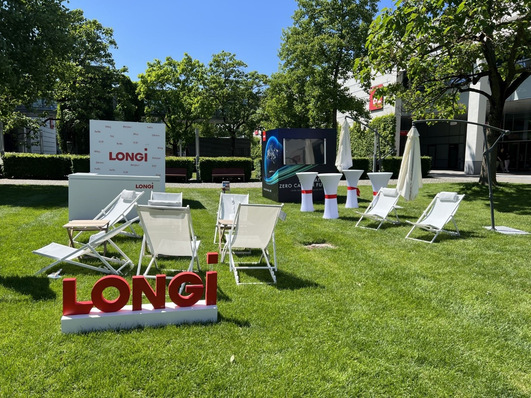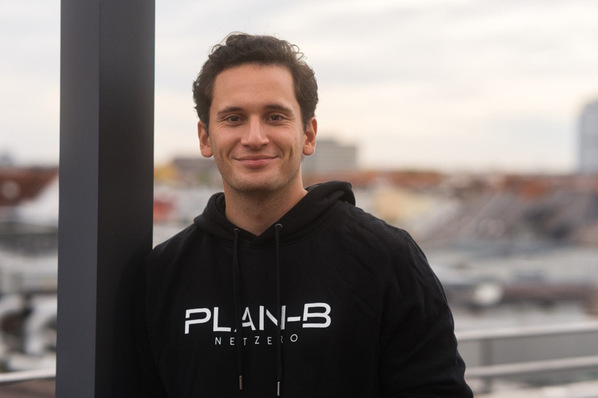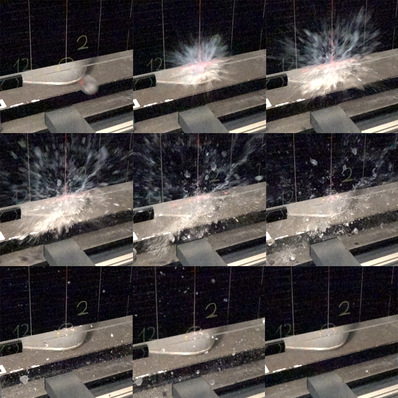In your opinion, how did the photovoltaics market develop in 2016 and 2017?
Those were difficult years for the Swiss PV industry, due to the political uncertainty preceding the introduction of the Energiestrategie 2050 requirements and the lack of support for installations above 30 kW. This generated a significant shift to small installations optimized for self-consumption, which proliferated in comparison to previous years, but were unable to compensate for the decline in large-scale installations. The result was a decline of over 20% in the PV market in 2016 compared to the previous year; new deployment amounted to just 264 MW. Deployment in 2017 was most likely at the same level – we won’t have exact figures until June.
What volume do you expect to see over the coming years?
We’re optimistic that deployment will exceed 300 MW again this year. By 2020 we should have passed the 400 MW per year mark, and we should be able to maintain this level in subsequent years.
Which market segments do you consider particularly promising at the moment and why?
Small installations in single-family homes are steadily growing in popularity. When these are combined with heat pumps, which are used in 80% of new single-family homes in Switzerland, and with e-mobility, it is possible to achieve high levels of self-consumption. Battery storage systems also contribute to this. Previously they have only managed to occupy a small niche in Switzerland, but they’re now generating widespread interest in this market segment. Now that the state lump-sum remuneration scheme has been extended to installations over 30 kW, we’re expecting a more dynamic trend for larger-scale installations too. On the one hand we have self-consumption associations, which since the beginning of the year have been possible across the boundaries of individual plots. While there are still some aspects of the implementation that need to be finalized, there is enormous potential here, in particular if residential and commercial usage can be combined. On the other hand, the drop in solar power prices is making PV installations on commercial and industrial buildings more and more attractive. In contrast, agricultural installations are currently losing their appeal. This used to be an important sector, but high levels of self-consumption have made it less attractive. This could change if electric vehicles really catch on in the sector.
What issue is currently in the spotlight in the Swiss PV market?
Implementing the new regulations on self-consumption associations is keeping us extremely busy. We’re trying to find solid, non-bureaucratic solutions together with the other groups involved – tenants, homeowners, utilities. There is also the issue of feed-in tariffs for the power not used for self-consumption, which are unfortunately set extremely low by some key utilities.
What prospects do you see for e-mobility?
So far this is just a niche market in Switzerland, although 14,500 fully electric vehicles have already been registered here. But now that there is a well-developed network of charging stations and an increasingly diverse range of models on offer, I expect to see rapid growth. However, we must ensure that the additional power needed to keep pace with this growth comes from renewable sources. Homeowners are extremely sensitive to this. And workplaces too, not just homes, must offer the possibility of charging your vehicle with solar power.
What role does PV play in the Swiss energy mix?
Currently, around 3% of our annual energy demand is covered by PV. However, we commissioned a study which shows that around 50% of current demand could be covered by PV installations on roofs and façades alone. We will probably have to exploit a significant amount of this potential in order to get to grips with decarbonization – we need more power for mobility and indoor climate control. Ground-mounted PV installations don’t really come into question in Switzerland due to the shortage of space, and wind energy is still a long way from winning acceptance. That makes solar power from the building envelope the most important energy source in Switzerland after water power, which covers 60% of demand.
What European trends do you think are currently relevant for Switzerland and should be adopted there?
The European Commission’s Clean Energy package is also meaningful for us as a non-EU member, in particular with regard to the structure of the energy market. How should the market function so that the rapid expansion of renewable energies that’s needed remains possible after current subsidies expire? It would be good if Switzerland could draw inspiration for targets of its own from the Clean Energy package. In particular for heat generation, where the EU would like to raise the share of renewable energies by 1% every year until 2030. (HCN)
Interviewed by the team of Intersolar
Intersolar Europe Conference: PV Markets Sessions | Tuesday, June 19, 2018
Trends and Driving Forces - "Markets Unleashed"
Global PV Markets: Europe (Italy, Spain, France, Turkey)
Global PV Markets: The World’s Four Largest Markets
Stay informed, get our free newsletter twice a week, subscribe here
Get to know the latest innovations, join our pv Guided Tours at Intersolar Europe/The smarter E in Munich, register here
More useful information:
http://www.pveurope.eu/News/Markets-Money/European-solar-market-grows-28-in-2017
http://www.pveurope.eu/News/Markets-Money/France-Annual-deployment-needs-to-exceed-1.5-GW
https://www.pveurope.eu/solar-modules/eu-parliament-pushes-prosumers-and-solar







